hpaircraft
Member
Salesforce Transit Center closes due to cracked support beam
Not exactly a failure yet, but not a good start, either.
Not exactly a failure yet, but not a good start, either.
Follow along with the video below to see how to install our site as a web app on your home screen.
Note: This feature may not be available in some browsers.

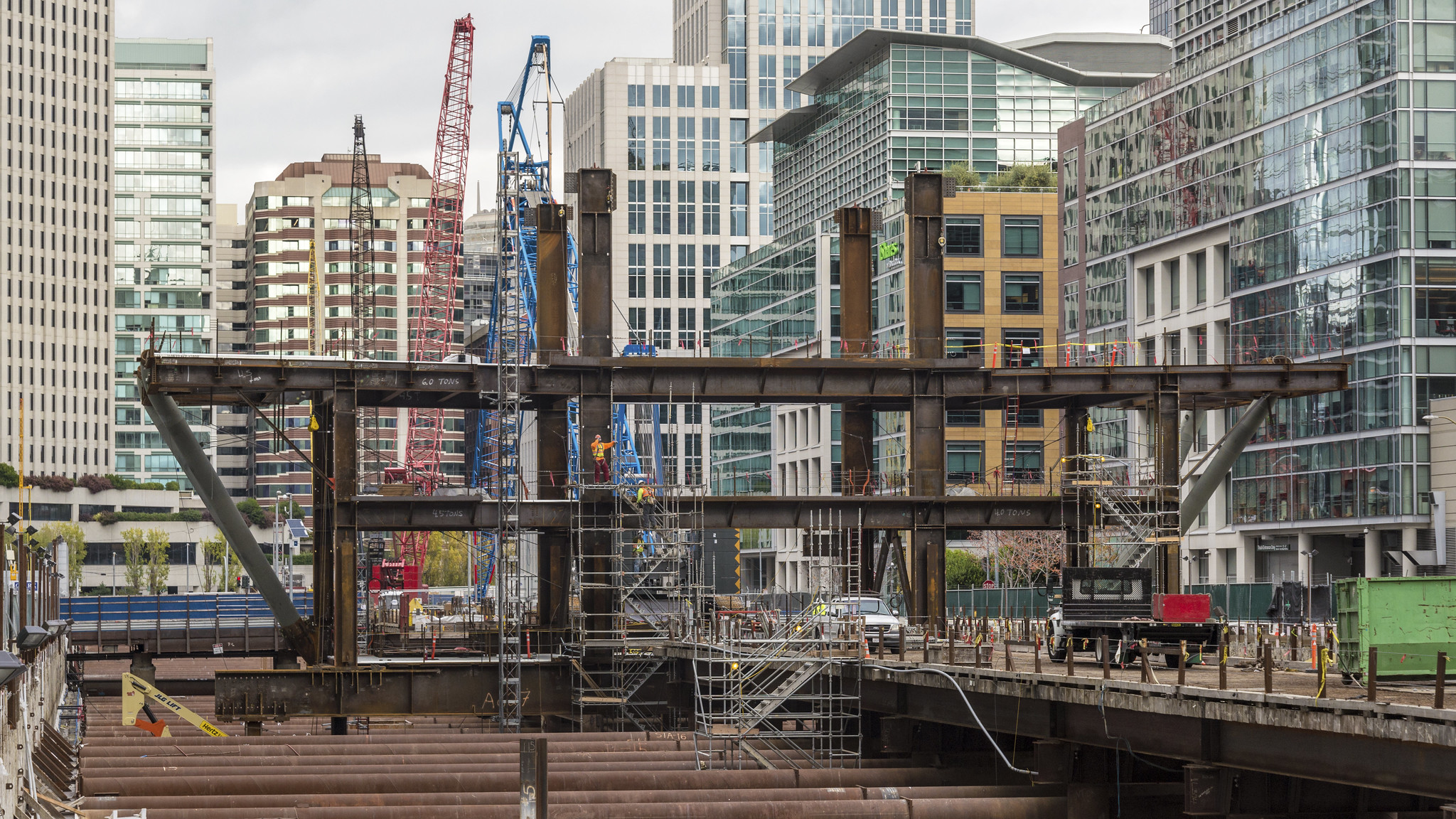
Emily Pollock said:...is not yet sure why the support beams collapsed...
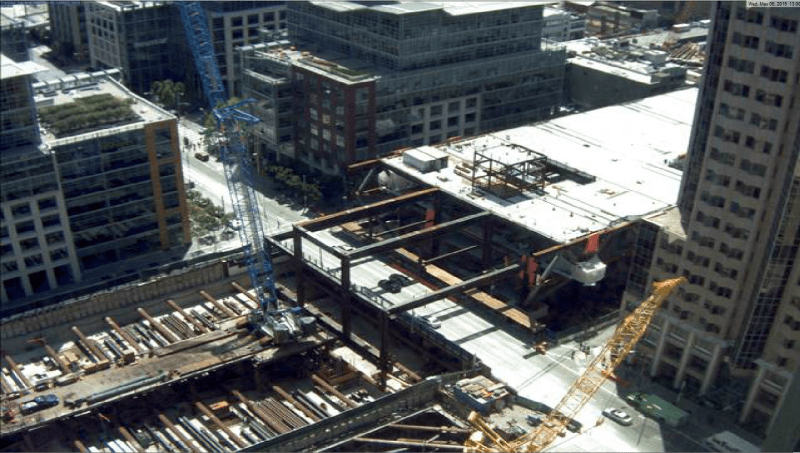
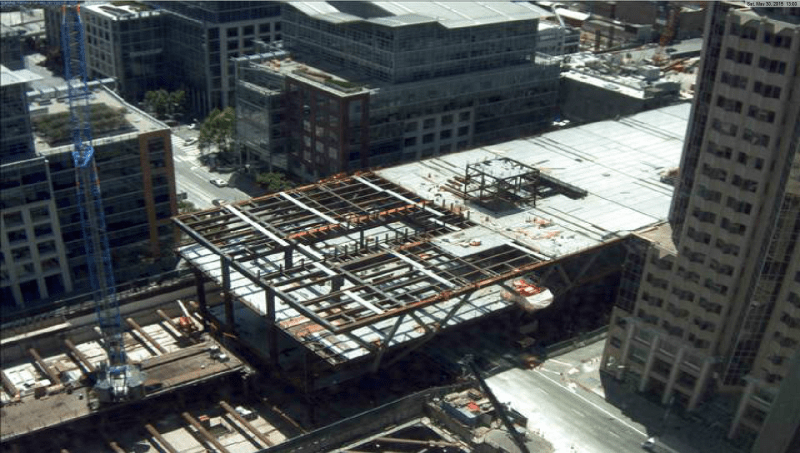
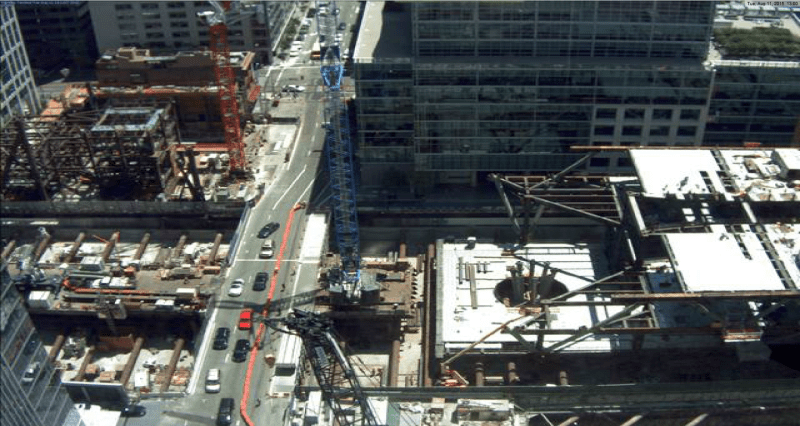

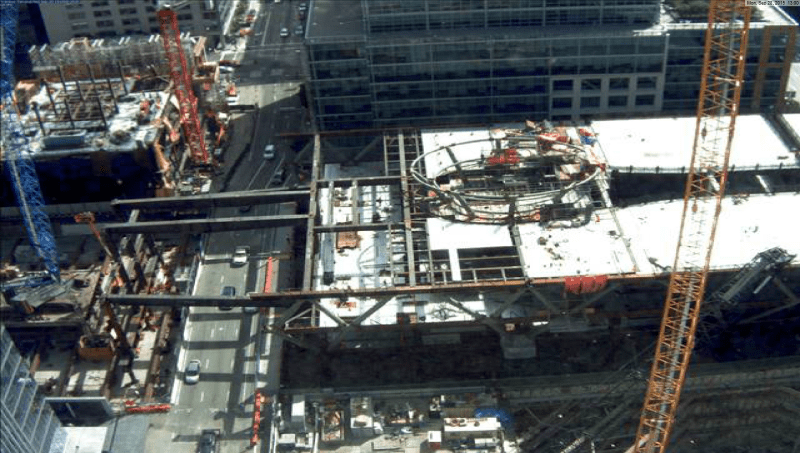

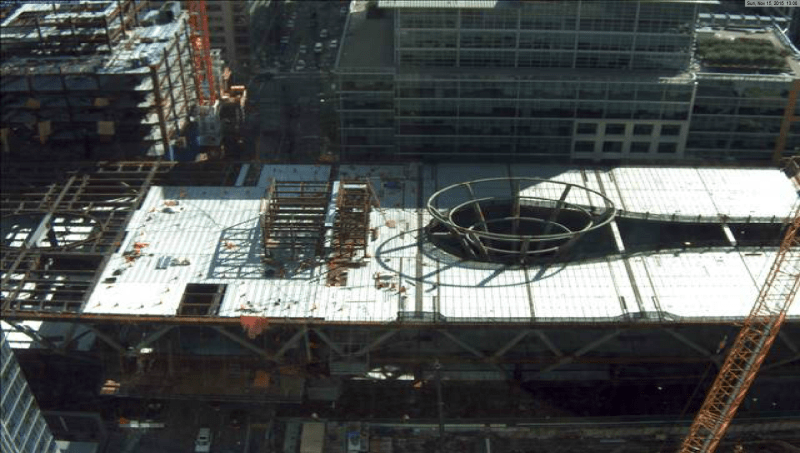
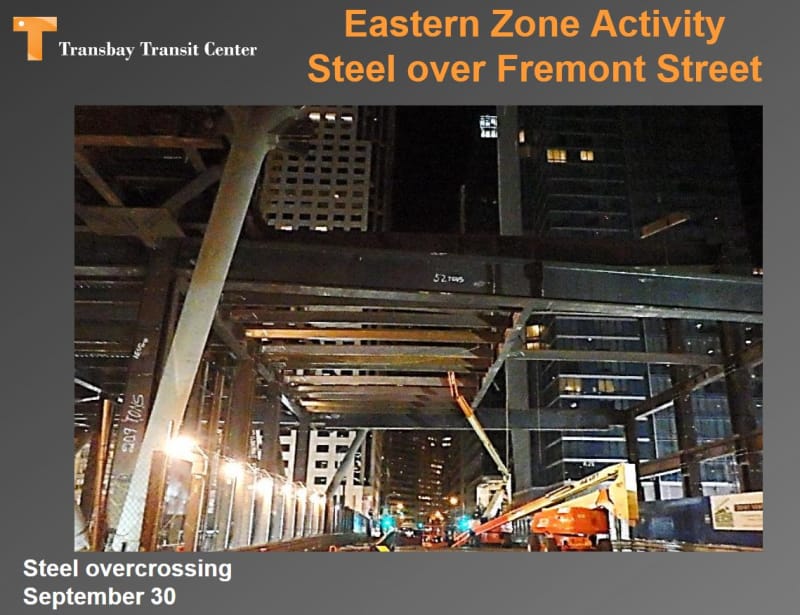
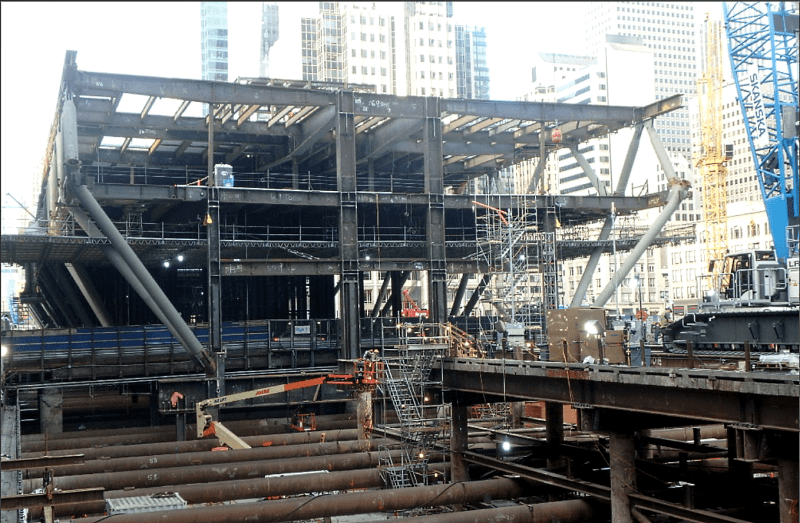
epoxybot said:The yellow jacks are 100 ton capacity
ENR said:Skanska USA Civil West held the $189.1-million subcontract to furnish the building’s 23,000 tons of structural steel and erect the entire system, including the building’s exotic exoskeleton
Compositepro said:And I only got $0.06 per pound ($120/ton) for steel scrap earlier today.
